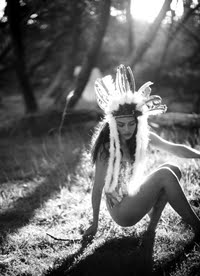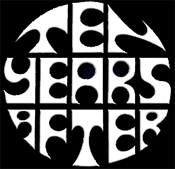

This is a MONSTER show.A show of "firsts"......The first show of 73 - first "China Doll" - first "Eyes" - first "H. C. Sunshine" - first "Loose Lucy" - first "TLEO" - first "Row Jimmy" - first "Wave That Flag"
and to top it all off the first presentation of the "Wall Of Sound'' amplifier and sound system.
I was able to find this show fully intact with the encore Casey Jones included. This one seems to be the standard the band needed to live up for the rest of the year and we all know '73 was a very good year shy of the loss of Pigpen.
There are Two BIG things I wish I could have seen in my lifetime...a live Brontosaurus and The Wall Of Sound.
 The Wall of Sound was an enormous public address system designed specifically for the Grateful Dead's live performances by audio engineer Owsley "Bear" Stanley. Used in 1974, the Wall of Sound fulfilled the band's desire for a distortion-free sound system that could also serve as its own monitoring system. The Wall of Sound was the largest concert sound system built at that time.As Stanley described it,
The Wall of Sound was an enormous public address system designed specifically for the Grateful Dead's live performances by audio engineer Owsley "Bear" Stanley. Used in 1974, the Wall of Sound fulfilled the band's desire for a distortion-free sound system that could also serve as its own monitoring system. The Wall of Sound was the largest concert sound system built at that time.As Stanley described it,"The Wall of Sound is the name some people gave to a super powerful, extremely accurate PA system that I designed and supervised the building of in 1973 for the Grateful Dead. It was a massive wall of speaker arrays set behind the musicians, which they themselves controlled without a front of house mixer. It did not need any delay towers to reach a distance of half a mile from the stage without degradation."
After Stanley got out of prison in late 1972, he, Dan Healy and Mark Raizene of the Grateful Dead's sound crew, in collaboration with Ron Wickersham, Rick Turner, and John Curl of Alembic combined six independent sound systems using eleven separate channels, in an effort to deliver high-quality sound to audiences. Vocals, lead guitar, rhythm guitar, and piano each had their own channel and set of speakers. Phil Lesh's bass was piped through a quadraphonic encoder that sent signals from each of the four strings to a separate channel and set of speakers for each string. Another channel amplified the bass drum, and two more channels carried the snares, tom-toms, and cymbals. Because each speaker carried just one instrument or vocalist, the sound was exceptionally clear and free of intermodulation distortion.
The Wall of Sound consisted of 89 300-watt solid-state and three 350-watt vacuum tube amplifiers generating a total of 26,400 watts of audio power. This system projected high quality playback at six hundred feet with an acceptable sound projected for a quarter mile, at which point wind interference degraded it. The Wall of Sound was the first large scale Line array used in modern sound reinforcement systems, although it was not called a line array at the time. The Wall of Sound was the perhaps the second-largest* portable sound system ever built (although "portable" is a relative term). The Wall of Sound comprised two stages. One would go ahead to the next city to begin setup as soon as possible while the other was being used; the other would then "leapfrog" to the next show. Four semi-trailers and 21 crew members were required to haul and set up the 75-ton Wall.
Though the initial framework and a rudimentary form of the system was unveiled at Stanford University's Roscoe Maples Pavilion on February 9, 1973 (every tweeter blew as the band began their first number), the Grateful Dead did not begin to tour with the full system until a year later. The completed Wall of Sound made its touring debut on March 23, 1974, at the Cow Palace in Daly City, California. A recording of the performance was released in 2002 as Dick's Picks Volume 24.























































































1 comments:
hi bill
I watched Festival Express last night, so thought I'd pop over to dejavu and WOW your GD shows are overwhelmingly, overflowing....I've d/ld this...however, I'll need to sets of heads and lives to catch up with you....so I'll settle for this little dose of dejavu...
thanks for this from God's Little Acre
Cy at Pck
Post a Comment